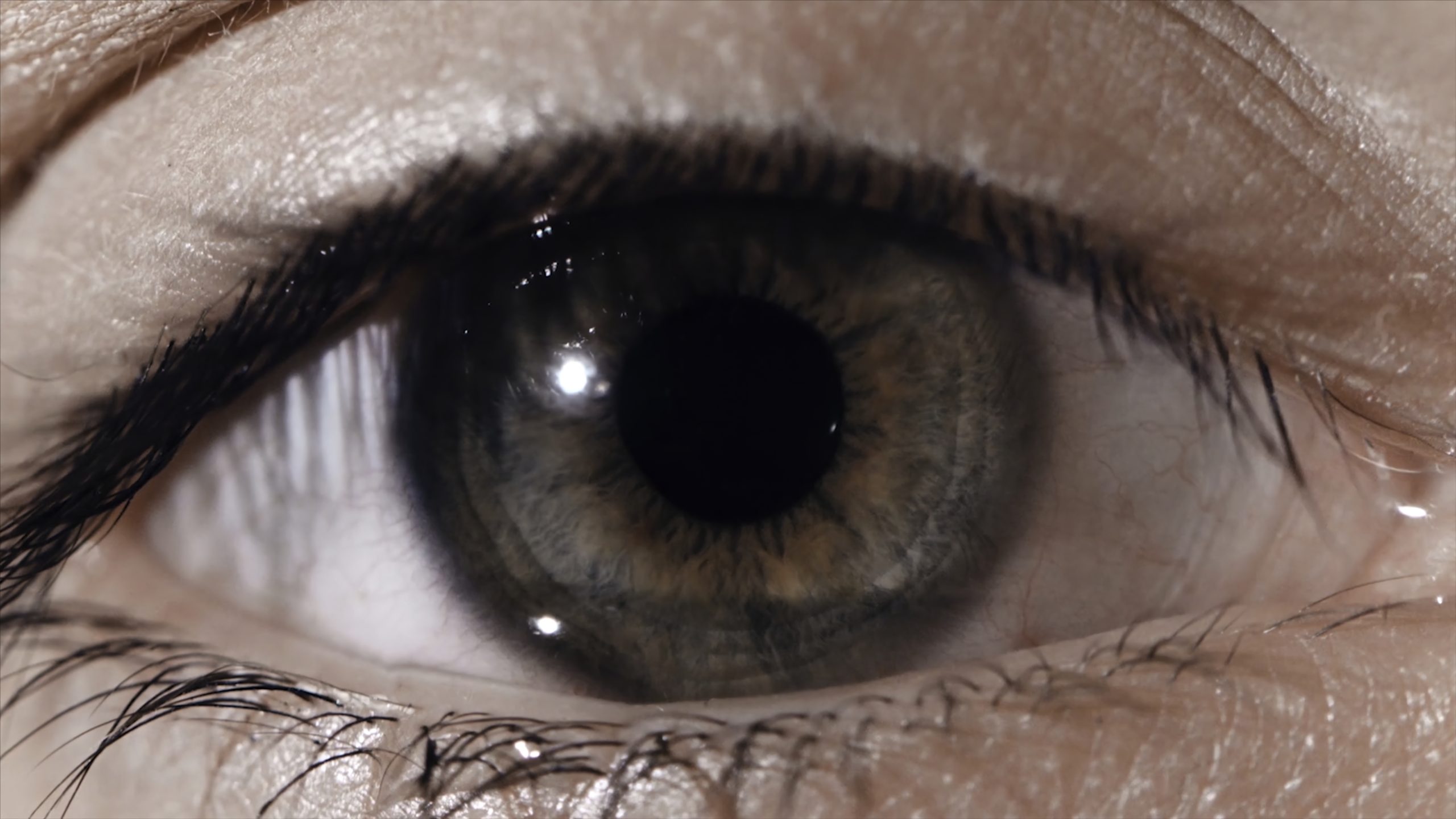Telecanthus: A Closer Look at Eye Spacing Anomalies
Telecanthus is a condition characterized by an increased distance between the inner corners of the eyes. This article aims to provide clarity on the causes, symptoms, and eye care considerations for Telecanthus. Learn when to seek professional attention, potential complications, risk factors, preventive measures, diagnosis methods, treatment options, and insights for optimal eye health in individuals dealing with this condition.
Overview of Telecanthus
Telecanthus refers to an increased distance between the inner corners of the eyes, resulting in a wider space than normal. This condition affects the interpupillary distance, which is the distance between the pupils. While mild variations in interpupillary distance are normal, telecanthus is characterized by a significant widening of this distance.
Symptoms
- Wider Eye Appearance: The most noticeable symptom is an increased distance between the inner corners of the eyes, giving the eyes a wider appearance.
- Facial Asymmetry: Telecanthus can contribute to facial asymmetry, particularly in the region around the eyes.
- Altered Aesthetic Appearance: Individuals with telecanthus may be concerned about the altered aesthetic appearance of their eyes, prompting them to seek medical evaluation.
Causes
- Congenital Factors: Telecanthus can be present from birth and may result from developmental issues during fetal growth.
- Genetic Factors: In some cases, there may be a genetic predisposition to telecanthus, with a family history of the condition.
- Craniofacial Syndromes: Telecanthus can be associated with certain craniofacial syndromes, such as Down syndrome or Apert syndrome.
- Trauma or Injury: Injuries to the facial bones, particularly around the eye area, can lead to structural changes contributing to telecanthus.
What Happens Because of the Condition
- Facial Harmony Disruption: Telecanthus can disrupt the natural harmony and symmetry of the face, specifically affecting the region around the eyes.
- Psychosocial Impact: Individuals with telecanthus may experience psychosocial impacts due to altered facial aesthetics, affecting self-esteem and body image perception.
Risk Factors
- Genetic Predisposition: Individuals with a family history of telecanthus or related craniofacial conditions may be at a higher risk.
- Congenital Syndromes: Conditions associated with congenital syndromes, where telecanthus is a characteristic feature, increase the risk.
- Facial Trauma: Trauma to the facial bones, especially around the eye area, can be a risk factor for developing telecanthus.
Diagnosis
- Physical Examination: A thorough physical examination, including measurements of the intercanthal distance (distance between the inner corners of the eyes), is conducted.
- Medical History: Gathering information about any congenital conditions or developmental issues is crucial for accurate diagnosis.
- Craniofacial Imaging: In some cases, craniofacial imaging such as X-rays or CT scans may be recommended to assess the underlying structural factors contributing to telecanthus.
Treatment Options
- Surgical Intervention: In cases where telecanthus is a result of structural or skeletal abnormalities, surgical correction may be considered. Surgical procedures aim to reposition the inner corners of the eyes to achieve a more symmetrical appearance.
- Soft Tissue Augmentation: Non-surgical approaches may involve soft tissue augmentation techniques, such as injectable fillers, to improve the overall facial aesthetics by enhancing volume around the eyes.
- Orthodontic Treatment: In some instances, orthodontic treatment may be recommended to address dental or jaw alignment issues that contribute to facial asymmetry, potentially impacting telecanthus.
Complications
- Surgical Risks: Surgical correction of telecanthus, like any surgical procedure, carries potential risks such as infection, scarring, or asymmetry if not performed accurately.
- Aesthetic Considerations: Achieving optimal aesthetic outcomes may require careful consideration and planning, and individual responses to surgical interventions can vary.
- Psychosocial Impact: Individuals with telecanthus may experience psychosocial complications, including self-esteem issues or body image concerns, especially if the condition is noticeable and affects facial symmetry.
Prevention
- Genetic Counseling: In cases where telecanthus is associated with genetic factors or congenital syndromes, genetic counseling may be beneficial for individuals with a family history, aiding in family planning decisions.
- Early Diagnosis and Management: Early diagnosis and intervention in cases of congenital telecanthus can help prevent potential complications and psychosocial impact.
Medications
No Direct Medications: There are no specific medications designed to treat telecanthus directly. Treatment primarily involves surgical or non-surgical interventions to address underlying structural or aesthetic concerns.
When to See a Doctor
- Visible Asymmetry: If an individual notices visible asymmetry in the inner corners of the eyes, especially if it affects facial aesthetics.
- Concerns about Facial Harmony: Individuals who have concerns about facial harmony, particularly around the eye area, should seek professional evaluation.
Demographics More Susceptible
- Genetic Predisposition: Individuals with a family history of telecanthus or related craniofacial conditions may be more susceptible.
- Congenital Syndromes: Conditions associated with congenital syndromes, where telecanthus is a characteristic feature, may increase susceptibility.
Follow-up Care for Adults and Children
Follow-up Care for Children:
- Pediatric Ophthalmologist Visits: Children with telecanthus may benefit from regular visits to a pediatric ophthalmologist for ongoing evaluation and management.
- Psychosocial Support: Providing psychosocial support for children, especially if the condition has an impact on self-esteem or body image.
Follow-up Care for Adults:
- Ongoing Evaluation: Regular evaluations by an ophthalmologist or relevant specialists to monitor the outcomes of surgical or non-surgical interventions.
- Aesthetic Consultations: Periodic aesthetic consultations may be beneficial for individuals seeking additional improvements or adjustments.
Conclusion
In conclusion, the treatment of telecanthus involves a range of options, from surgical interventions to non-surgical approaches, addressing both structural and aesthetic concerns. Complications may arise, especially with surgical procedures, and psychosocial impacts should be considered. Prevention involves early intervention and, in cases with a genetic component, genetic counseling. While medications play a limited role, seeking professional evaluation is crucial if there are visible asymmetries or concerns about facial harmony. Certain demographics, including those with a genetic predisposition, may be more susceptible to telecanthus. Follow-up care for both children and adults includes ongoing evaluations, psychosocial support, and, if necessary, additional aesthetic consultations. A holistic approach to care ensures that individuals with telecanthus receive comprehensive support for optimal facial symmetry and overall well-being.
World Eye Care Foundation’s eyecare.live brings you the latest information from various industry sources and experts in eye health and vision care. Please consult with your eye care provider for more general information and specific eye conditions. We do not provide any medical advice, suggestions or recommendations in any health conditions.
Commonly Asked Questions
Telecanthus may be more noticeable during early childhood as facial features develop. Consultation with a pediatrician or specialist is advisable.
Depending on the cause, telecanthus may be reversible with appropriate interventions, including surgery if needed.
Telecanthus can be associated with underlying conditions. Seeking medical advice helps in proper evaluation and diagnosis.
Generally, telecanthus itself does not impact eye movement. Any concerns should be discussed with a healthcare professional.
Depending on the severity and cause, non-surgical options like orthodontic measures may be considered.
While less common in adults, telecanthus can be associated with certain medical conditions or trauma.
Yes, telecanthus can be a congenital condition, meaning it is present from birth.
Telecanthus itself does not typically impact vision. However, underlying conditions may have associated visual effects.
Telecanthus is relatively uncommon, and its severity can vary. Consultation with a healthcare professional provides individualized guidance.
In some cases, non-surgical interventions, such as orthodontic measures, may help address telecanthus.
news via inbox
Subscribe here to get latest updates !






